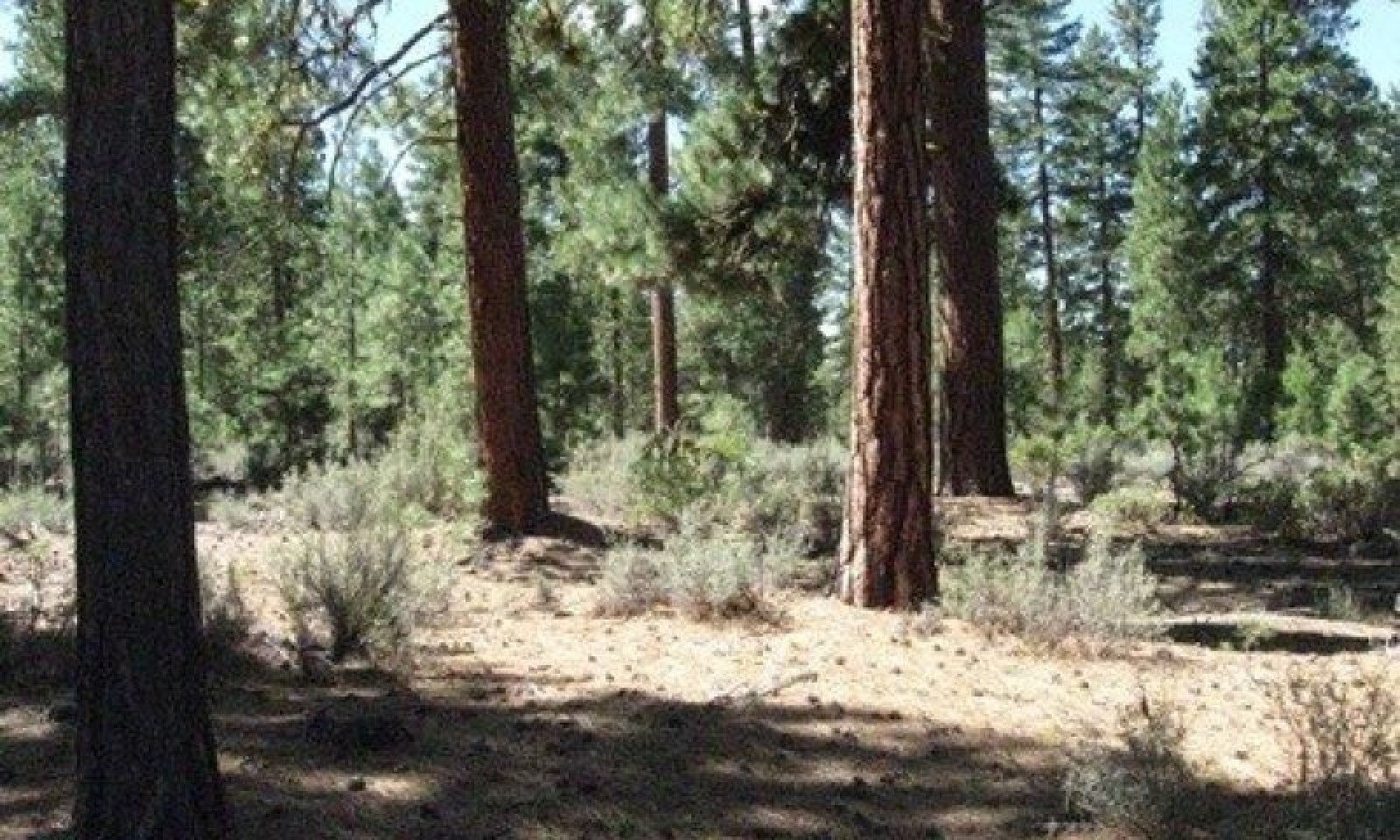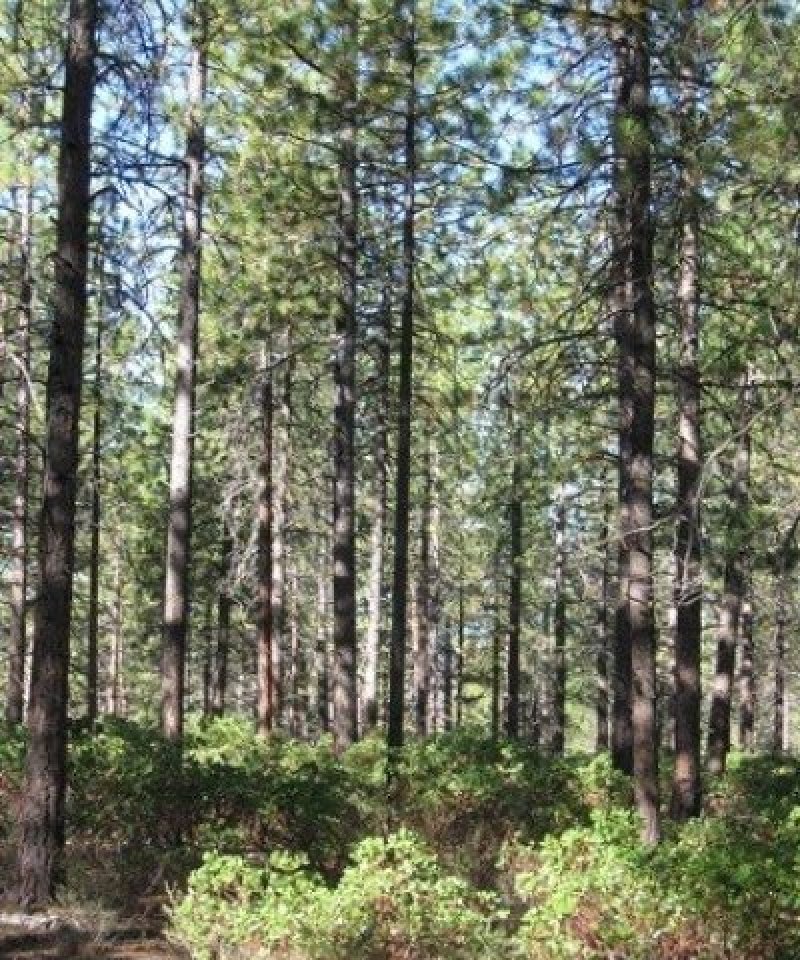
Cryic Xeric Pumice Slopes 20-40 PZ
Scenario model
Current ecosystem state
Select a state
Management practices/drivers
Select a transition or restoration pathway
-
Transition T1B
Extensive timber harvest
More details -
Restoration pathway R2A
Ecological forestry practices may promote a return to Reference State.
More details -
No transition or restoration pathway between the selected states has been described
Target ecosystem state
Select a state
Description
This site occurs across the landscape as a mosaic of plant community phases characterized by variation in forest structural stage (tree age, density and cover) and plant community composition. Disturbance intervals, namely fire and insect outbreaks, are within the natural range of variability. Negative feedbacks bolster site resilience to external disturbance. The Reference Community within this state is that of an open old growth stand represented by Community Phase 1.1. Historical evidence suggests that this community type was common across the landscape prior to selective logging and widespread fire suppression, which can alter fire regimes and lead to a greater frequency of high severity fire.
Submodel
States 1, 5 and 2 (additional transitions)
1.1. Reference/Old Growth Phase
1.5. Mature Phase
1.2. Regeneration Phase
State 2
Managed



Description
This alternative state represents the many variations of timber harvesting that can occur in this site. This may result in a number of manipulated community types and pathways depending on strategies surrounding harvest, shrub control, weed control and replanting.
When managed for timber productivity, stand diameter will vary with stocking density but should have an average range of 10 inches up to 18 inches. Based on the site index for the site and productivity, 60 to 120 trees per acre would be a fair stocking rate. An average growth rate of 10 to 15 rings per inch would be acceptable in this environment and would equate to 1.4 to 2 inch diameter growth in 10 years. Maintaining a basal area of around 80 square feet per acre would be adequate.
Prescribed burning may be used to control the amount of understory biomass accumulation and help protect the stand from catastrophic wildfire. This may be combined with other beneficial management practices such as pruning. Pruning lower branches (recommended up to a minimum height of 10 feet) will reduce ladder fuels and decrease the possibility of a crown fire.
Within this state one or two commercial thinnings may occur, all depending upon the tree growth rate. With managed stands more light will reach the forest floor. Greenleaf manzanita will respond and grow. At this stage the plant is not in competition with the large ponderosa pine. The shrub though is highly volatile and burns quite readily and hot. Keeping greenleaf manzanita as low as possible to the ground helps lower the fire hazard of a crown fire. Prescribe burning, mowing or chemicals will reduce the height and amount of the shrub in a stand. Repeated control will be needed to keep the plant under control. Antelope bitterbrush is usually present too. If prescribed fire is used then the amount present will be low, less than ten percent cover. If fire is not used bitterbrush cover can be much higher, up to a 50 percent crown cover.
Mechanism
Extensive timber harvest followed by continual management for timber production that has significantly altered species compositions and resulting disturbance responses
Mechanism
Ecological forestry practices may promote a return to Reference State. Stand replacing fire may lead to a transition to Community 1.1 of the Reference State if soil compaction is not severe, species composition has not been significantly altered and tree seed source is available.
Context dependence
Alterations of forest tree species composition, as well as soil compaction and surface disturbances due to large machine usage may hinder passive forest reestablishment.
Model keys
Briefcase
Add ecological sites and Major Land Resource Areas to your briefcase by clicking on the briefcase (![]() ) icon wherever it occurs. Drag and drop items to reorder. Cookies are used to store briefcase items between browsing sessions. Because of this, the number of items that can be added to your briefcase is limited, and briefcase items added on one device and browser cannot be accessed from another device or browser. Users who do not wish to place cookies on their devices should not use the briefcase tool. Briefcase cookies serve no other purpose than described here and are deleted whenever browsing history is cleared.
) icon wherever it occurs. Drag and drop items to reorder. Cookies are used to store briefcase items between browsing sessions. Because of this, the number of items that can be added to your briefcase is limited, and briefcase items added on one device and browser cannot be accessed from another device or browser. Users who do not wish to place cookies on their devices should not use the briefcase tool. Briefcase cookies serve no other purpose than described here and are deleted whenever browsing history is cleared.
Ecological sites
Major Land Resource Areas
The Ecosystem Dynamics Interpretive Tool is an information system framework developed by the USDA-ARS Jornada Experimental Range, USDA Natural Resources Conservation Service, and New Mexico State University.

